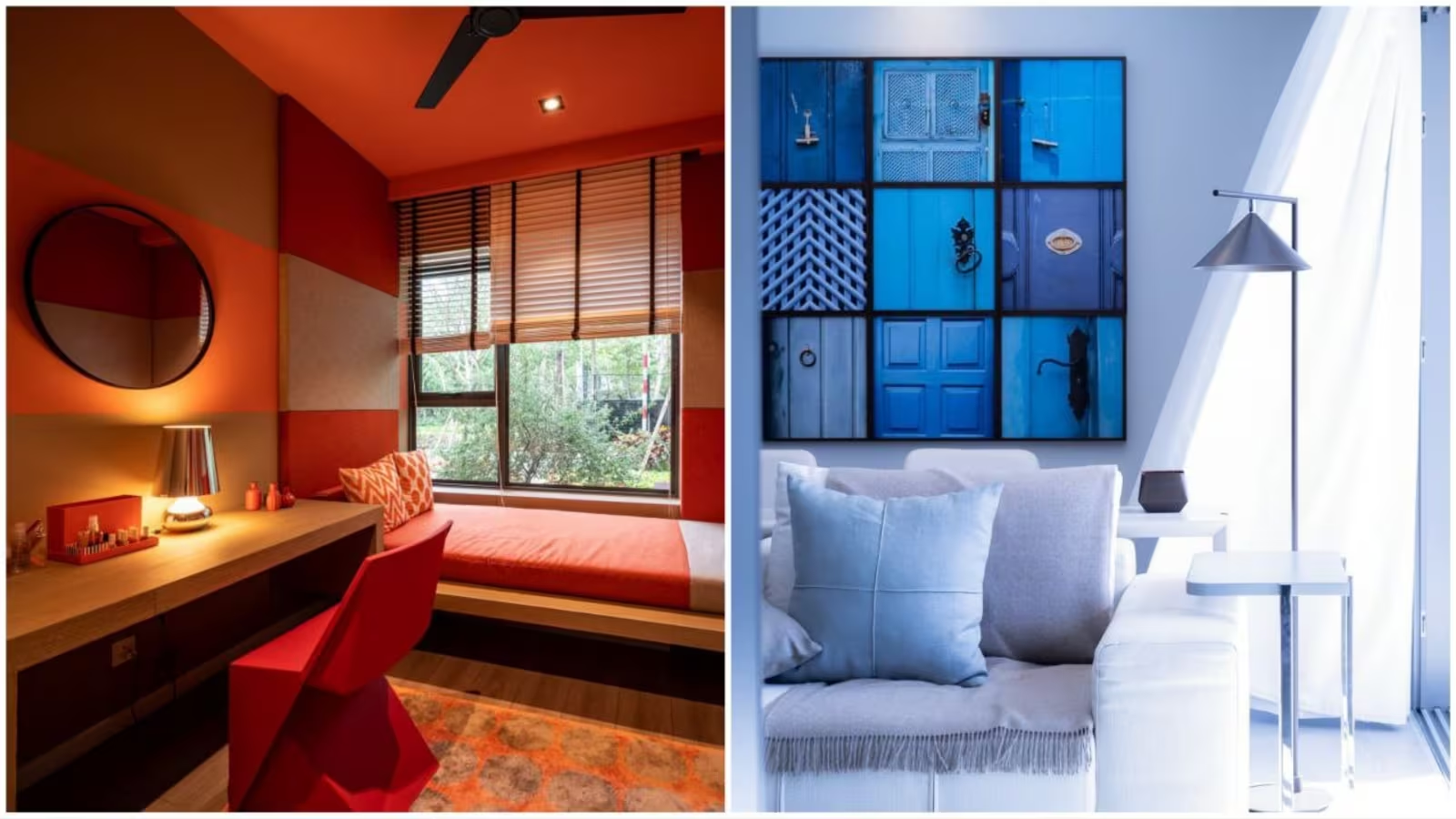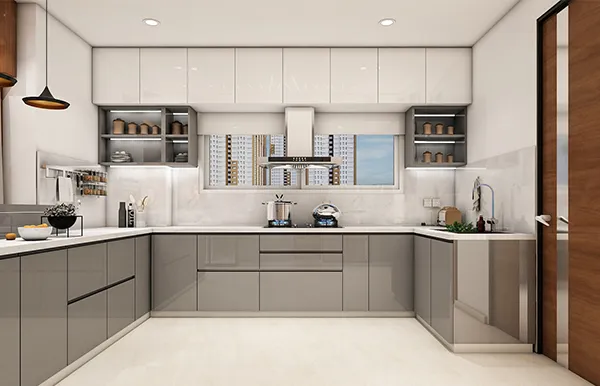How to Design a Kitchen Interior
Kitchen interior design rules must always adhere to strict criteria; for instance, obstruction-free triangle should always remain free in order for smooth workflow and aisle clearance must meet certain thresholds in order to guarantee a comfortable work space.
Designer Allison Allen transformed a vintage home with a modern, white kitchen. To maximize wall space efficiency, she installed a rod from the ceiling to showcase essential cookware and utensils.
Form
Your kitchen interior should reflect the style you wish to achieve. Utilizing different shapes and materials can help create an eye-catching aesthetic; this is particularly relevant when designing counters or cabinetry. Furthermore, consider how people will move through the space so there are ample walkways and no unnecessary obstructions or barriers.
Add an eye-catching focal point to your kitchen for maximum visual appeal and added functionality. A chandelier or strip lights are great ways to illuminate the area, highlighting both design and architecture within your space.
No matter whether you’re designing a new home or renovating an existing kitchen, many details must be kept in mind to find the ideal design for you and your lifestyle. Take into account how often and who will use the space as well as any budget constraints when making these important decisions. Foyr Neo software makes creating floor plans an easy way to get started with planning the perfect design.
Function
Kitchens serve multiple functions: storage, preparation and cooking of food (and related tasks such as dishwashing). When designing your interior kitchen design it is crucial to keep functionality top of mind – this will help ensure that it can meet the needs of you and any other users who will use the space.
One way to enhance the function of your kitchen is to place essential modules close together. This will make performing common tasks simpler and help prevent mistakes that could potentially result in food wastage. For example, keeping all your coffee supplies (mugs, grounds coffee etc) near the coffee machine so you can quickly make a cup in the morning.
Make sure there is sufficient clearance between modules so you can move freely around your kitchen, which will enable uninterrupted work flow without having to stop and restart every so often.
Color
No matter the style of your kitchen, adding color is sure to elevate its aesthetics and increase happiness in the space. White is often chosen because it brightens a space while serving as an unassuming neutral that pairs well with various styles; blue and green hues also work well, conjuring nature-inspired emotions while being easy to pair with similar shades from within the same color family.
Dark green hues like sage or forest pair perfectly with light quartzite counters for an earthy, airy aesthetic. In this coastal kitchen designed by Daniella Villamil, sage green cabinets were chosen as an earthy accent against soft cream wall tiles and an eye-catching pendant light fixture.
Yellow is an energetic and lively hue, and many kitchen paint shades utilize it. For a sophisticated palette, choose either a muted yellow that evokes sunlight or opt for a brown-grey hybrid shade to keep it modern and use it on cabinet backgrounds, center rables or top shelves to improve aesthetics.
Texture
Textures add depth and dimension to a kitchen interior design, creating an eye-catching space with their subtle visual impact. Natural materials like stone or wood boast naturally texturised surfaces which can be utilized on walls or worktops for an eye-catching finish that complements any style kitchen design.
Subtle texture can also be created using different finishes on cabinet surfaces, for instance combining plain slab doors in flat white with darker, open grain grey oak finishes for visual interest and warmth in your kitchen.
Small details can add texture to a kitchen. From faucets and light switches to sockets and socket covers, small details such as these can add visual impact. Even the smallest details can make an impactful design statement!











